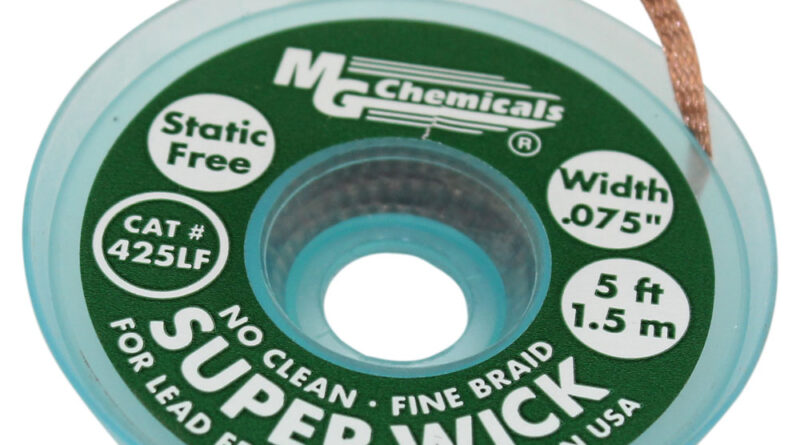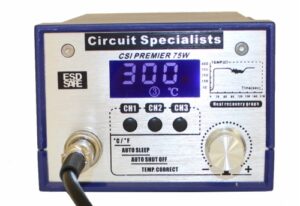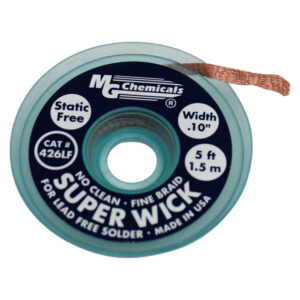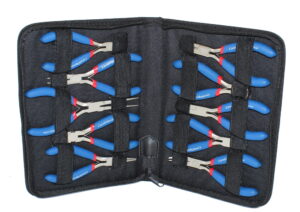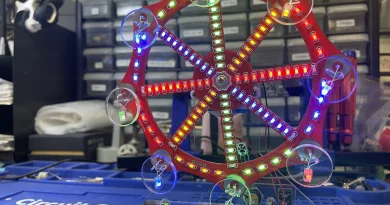Using a Solder Wick
Knowing how to use a solder wick, which is braided copper wire that allows you to remove solder from joints you need to alter, is important if you work on electronics. Solder wick is especially useful if you need to remove solder from a circuit board or components. If you’re new to soldering, you should have solder wick ready in case you need to correct any mistakes you make. It’s easy to use a solder wick, and it can save you from having to replace parts that weren’t soldered correctly.
If you want to learn more about how to clean your circuit board, you can read the attach article.
Preparing
Start by setting up an exhaust fan for the soldering fumes. Although it isn’t preferable, you can use a safety mask if you don’t have an exhaust fan, or if you’re working someplace where a fan won’t fit or function. In addition, wear safety glasses to protect your eyes from molten solder and other hazards.
If you want to learn more about setting up soldering inside, you can read this Basic Indoor Soldering Station Setup article to make sure you do it safely.
Warming Up
Next, you’ll plug the soldering iron in and wait for it to warm up, ensuring that the iron is secure in its holder so it won’t fall out. Most soldering irons take at least three minutes to fully heat up.
Solder Wicking
Unroll a length of solder wick and hold it against the solder joint you’re working on. Apply the hot soldering iron tip to the wick. The heat from the soldering iron will melt the solder and, as it begins to melt, the copper wiring of the solder wick will absorb the solder (capillary action). As the solder cools it will bind to the solder wick.
Cutting
Remove the solder wick from the joint and return the soldering iron to its holder after the wick is fully coated with the solder you removed. The next step is to cut the length of the used solder wick from the roll. After you’ve cut the wick, check for other solder joints that need to be desoldered and repeat the procedure.
Cleaning
Unplug your soldering iron and give it ample time to cool down. Discard the used solder wick and thoroughly clean the area where you work in order to save time the next time you solder or desolder.
